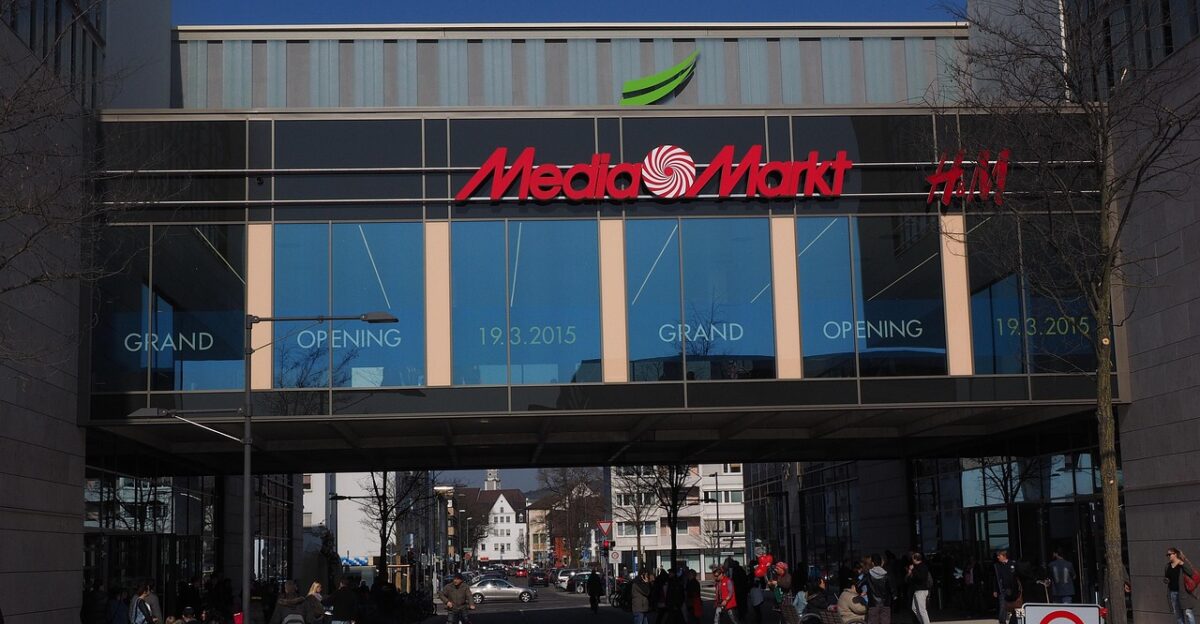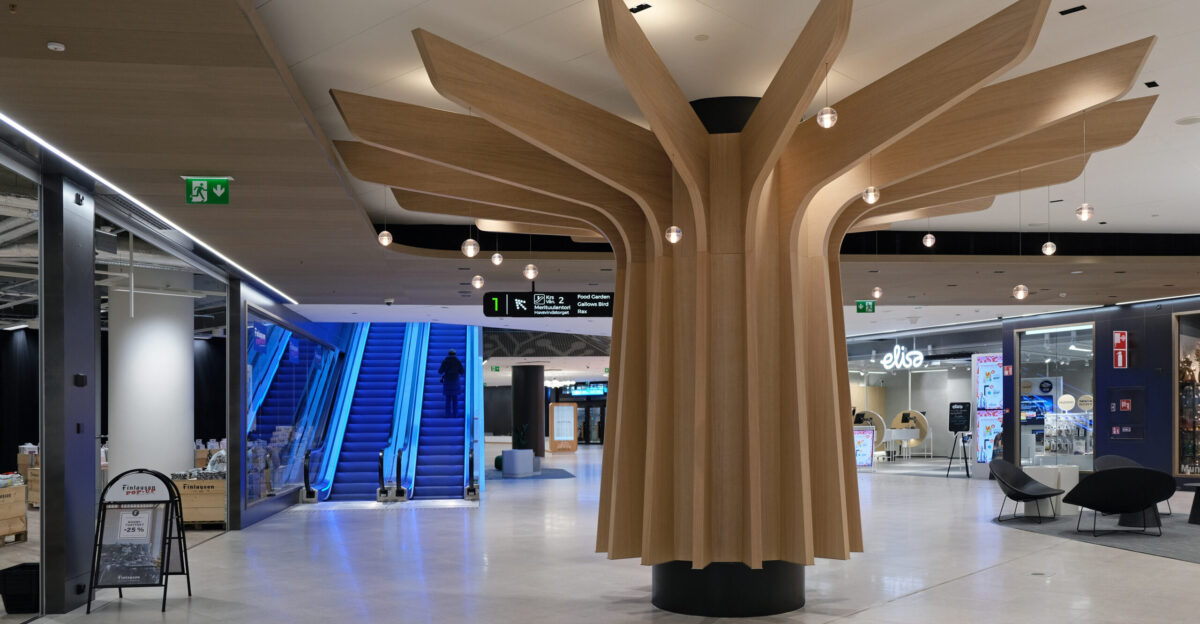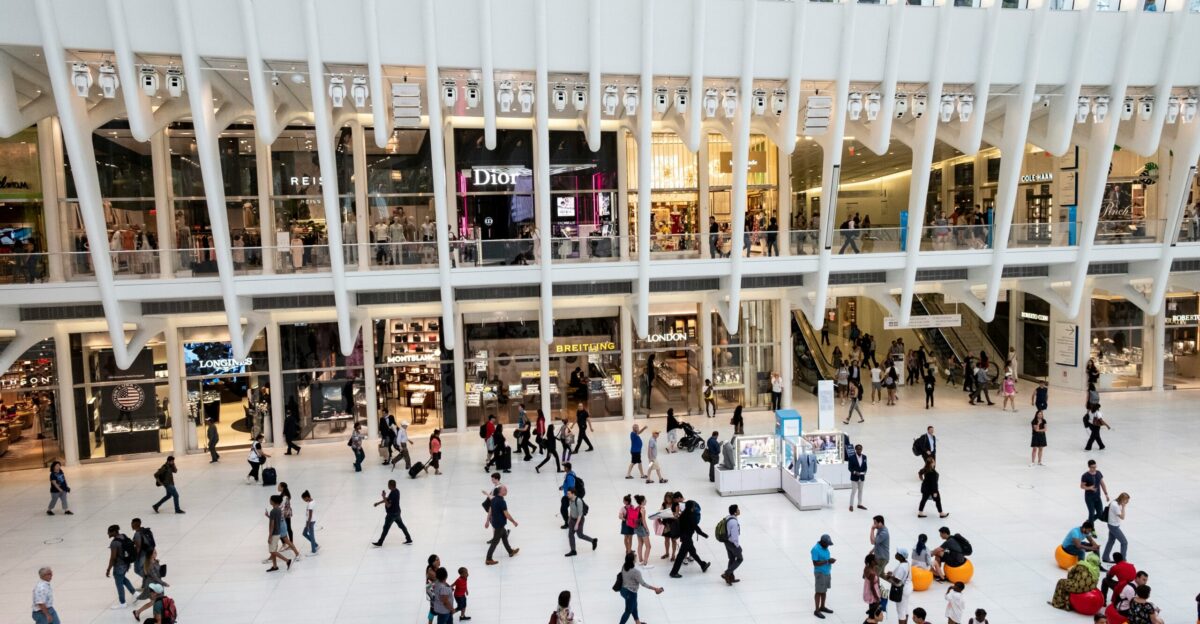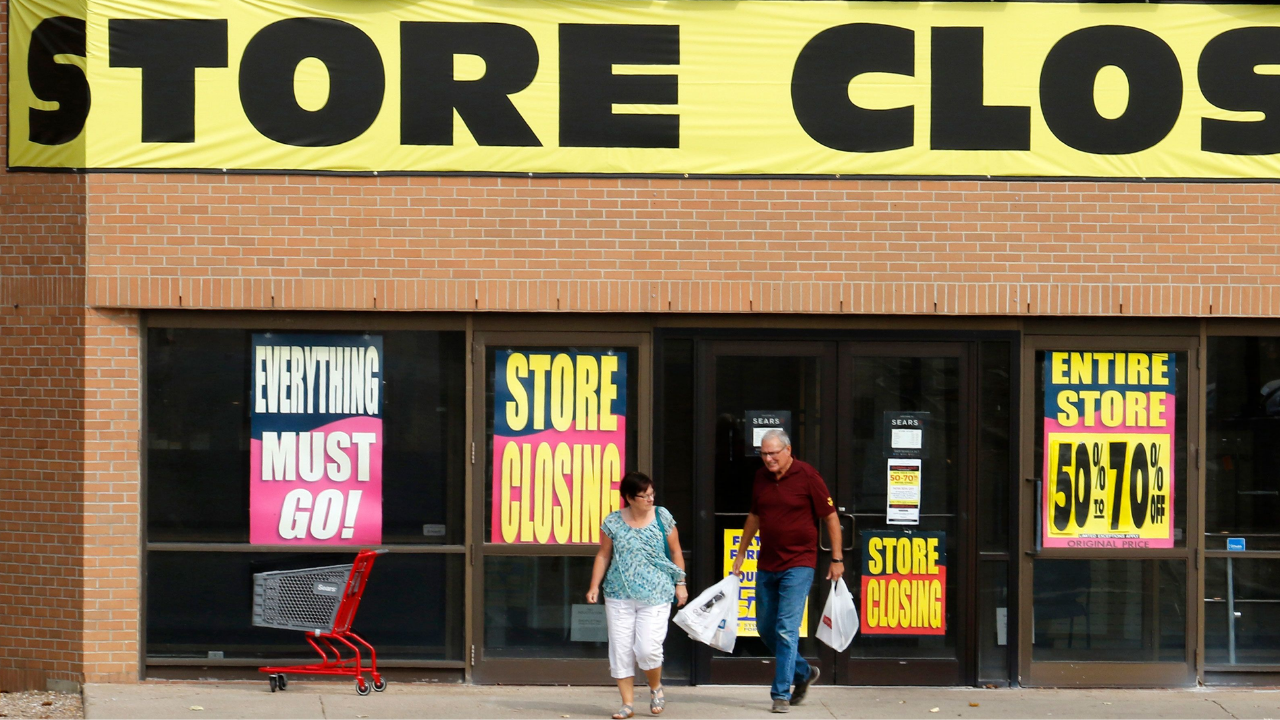
Across the United States in 2025, the retail sector is experiencing a dramatic upheaval. Once-busy shopping centers are now marked by shuttered storefronts, and the fallout is rippling through communities, local economies, and the national workforce. The rapid pace of store closures and job losses is reshaping how Americans shop, work, and interact with their neighborhoods.
Waves of Layoffs and Store Closures

Retail workers have borne the brunt of the crisis. In just the first five months of 2025, approximately 76,000 retail employees lost their jobs—a 274% increase compared to the same period the previous year. Analysts warn that total job losses could surpass 100,000 by year’s end.
Major chains have led the way: Joann eliminated 19,000 mostly part-time positions, while Party City closed around 700 stores in late 2024. Forever 21 exited all 354 of its mall locations by March 2025, and other giants like Macy’s, Kohl’s, and Rite Aid have also shuttered hundreds of outlets.
The scale of these closures is staggering. By early November, more than 3,700 stores had closed, with projections suggesting the total could reach 15,000 by year’s end—more than double the previous year’s tally. Net closures, after accounting for new openings, are expected to hit 9,200, underscoring the depth of the crisis.
Economic Shockwaves for Landlords and Suppliers

The collapse of retail chains has left shopping center landlords grappling with unprecedented vacancy rates. In the first half of 2025, 123.7 million square feet of retail space was vacated, pushing the national vacancy rate to 5.8%—a significant jump from the previous year. The loss of anchor tenants has reduced foot traffic by up to 40%, threatening the survival of smaller neighboring businesses and eroding property values.
Suppliers, too, have been caught in the crossfire. Joann’s second bankruptcy left $133 million in unpaid bills, triggering lawsuits and forcing companies like Design Group Americas into bankruptcy. The disruption has led to lost manufacturing jobs and halted production lines, revealing how deeply retail failures can reverberate through supply chains and upstream industries.
Communities and Consumers Left Behind

The closure of thousands of stores has created “shopping deserts” in both rural and urban areas, where access to essentials has become limited. Chains like Walgreens and CVS have pulled out of underserved communities, disproportionately affecting elderly residents and those without reliable internet access. The decline of physical stores has also dented online sales, which have dropped by nearly 12% in affected areas, highlighting the limitations of e-commerce as a full replacement for in-person shopping.
Local governments are feeling the strain as well. Each store closure eliminates an estimated $75,000 in annual tax revenue and reduces local employment by up to 15 jobs. Shrinking municipal budgets have forced some communities to consider service cuts or tax increases, while empty storefronts contribute to urban decay and threaten revitalization efforts.
Debt, Private Equity, and the Roots of Collapse

The roots of the retail crisis stretch back to late 2024, when disappointing holiday sales and the first wave of major closures signaled deeper trouble ahead. By January 2025, Joann had filed for its second bankruptcy in less than a year, and layoffs accelerated across the sector.
Many retailers have chosen liquidation over restructuring, with Joann, Party City, Forever 21, and Big Lots opting to cease operations entirely. Joann’s experience is emblematic: after being acquired by private equity firm Leonard Green & Partners in 2010, the company’s debt ballooned, outpacing investment in long-term growth. By its second bankruptcy, Joann carried $615 million in liabilities and over $1 billion in total debt, despite reporting $2 billion in net sales for 2024.
The influence of private equity has come under scrutiny, as debt-heavy ownership models have left companies vulnerable to economic shocks and shifting consumer habits. Employees have faced abrupt layoffs, minimal severance, and wage cuts, while the closure of hundreds of stores has flooded local job markets and depressed wages.
A Changing Retail Landscape
The crisis has accelerated long-term trends in American shopping habits. E-commerce penetration reached 26% in 2025, as more consumers shifted online—a trend hastened by the COVID-19 pandemic and intensified competition from low-cost platforms like Temu and Shein. Traditional retailers, squeezed by rising interest rates and inflation, have struggled to adapt.
Looking ahead, analysts project that up to 45,000 additional U.S. retail stores could close by 2029, with smaller chains most at risk. Only the largest retailers and specialized niche stores are expected to survive, signaling a permanent transformation of the retail landscape. As communities, workers, and businesses confront this new reality, the stakes for adaptation and resilience have never been higher.



